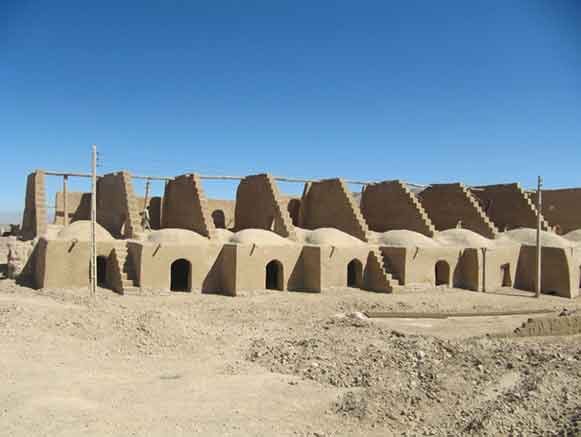INSUBCONTINENT EXCLUSIVE:
current round of restoration, Asbads (vertical-axis windmills) which are situated in the Kheirabad neighborhood, will be amended to become
ingenuity of Iranians in the use of clean energy, which due to the 120-day winds of Sistan, which sweeps through the eastern parts of the
city, the official said.Such windmills are dotted across the provinces of Sistan-Baluchestan, South Khorasan, and Khorasan Razavi, fueled by
strong northern winds that are usually blowing in the region.Britannica says the earliest known references to windmills are to a Persian
millwright in 644 CE and windmills in Seistan [Sistan], Iran, in 915 CE.As mentioned by UNESCO, Robert Forbes, a technology historian,
stresses the point that the Islamic era windmill was the invention of Iranian
He writes: "this invention, which was initially an exclusive device for Iran and Afghanistan, turned into an important source of energy all
over the Islamic territories in the 12th century, and not only it was used for the grinding of grains and operation of water pumps, but also
the chopping of sugarcanes and other purposes.Moreover, the UNESCO website says that such vertical-axis windmills were taken to China during
Besides, the know-how of windmills was taken to other Islamic territories and was used in Egypt as the main source for the chopping and
In the 11th century, windmills reached Spain, the Islands of the Aegean Sea, and Portugal.Technically speaking, unlike European windmills,
the Iranian design is powered by blades arrayed on a vertical axis in which the wind power is directly translated down without the need for
any gears found on the horizontal-axis mills.AM

